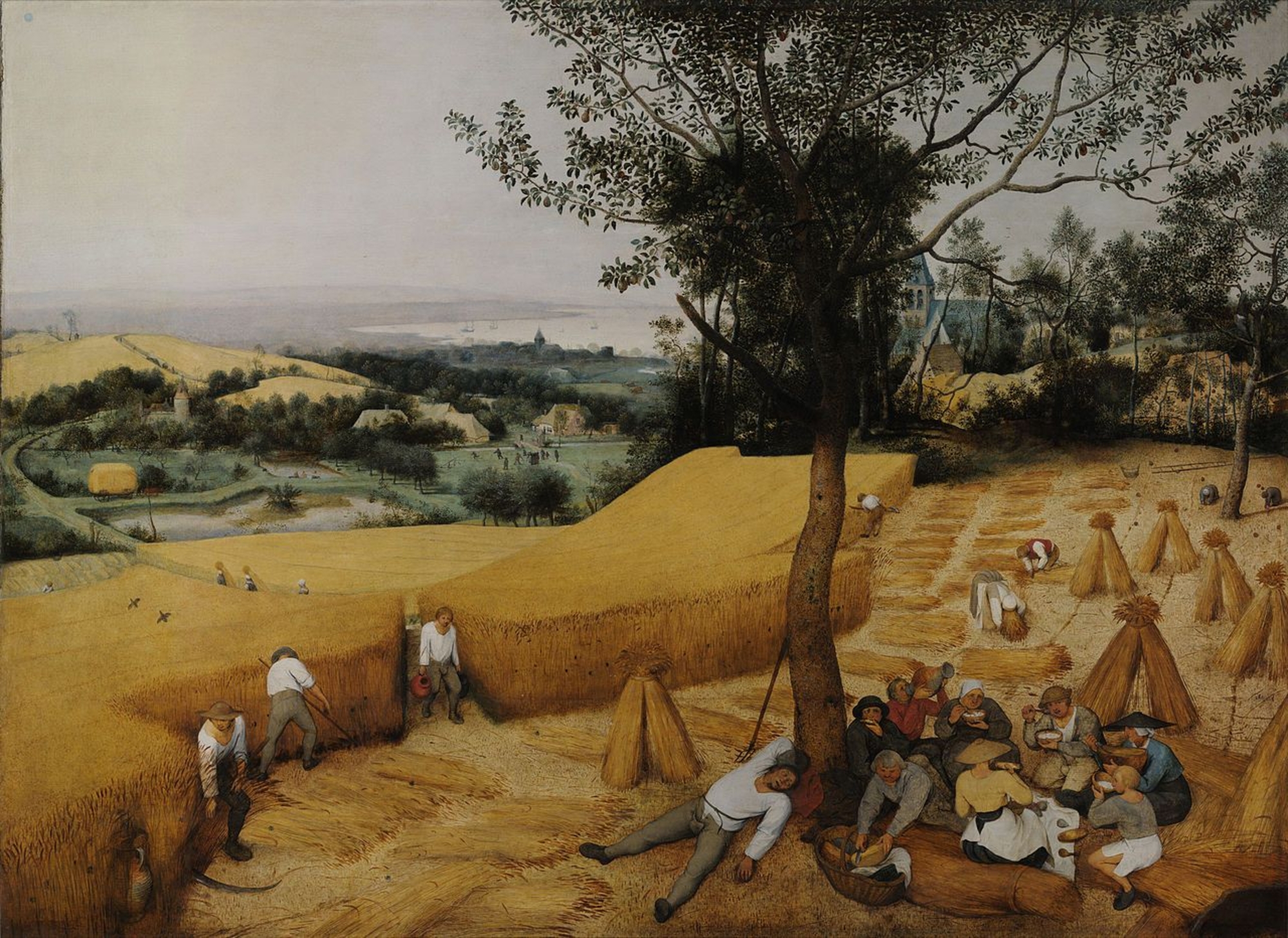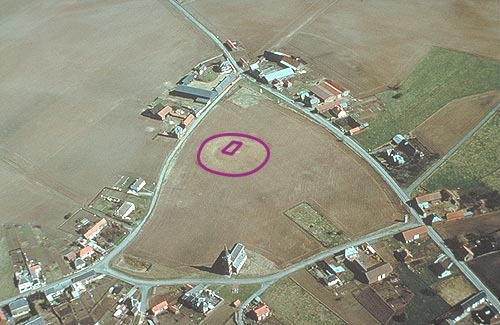- Home
- Discoveries
- The Middle Ages and the birth of the rural world
- Fortresses and mottes castrales
The contour spurs of medieval agriculture follow the curves of the hillside. To the left, we can make out a feudal mound. Belleville-sur-Mer (Seine-Maritime).
Anomalies in the landscape reveal the retrenchments that took place in the Early Middle Ages, the reorganization of oppida (Estrun-sur-Escaut, Pas-de-Calais), which sometimes involved the creation of a feudal mound (L'Étoile and La Cheppe), or later fortresses like at Boismont (Somme).
Photographs of surviving feudal mounds, are of interest, even though one needs to wait for excavations or — unfortunately — earthworks due to land consolidations to reveal the previous seigneurial dwellings such as at Ablaincourt (Somme). These feudal mounds, — as much symbols of power as they were defensive systems — played, along with their church, an important role in the establishing of habitation and the formation of the villages of France. Everything took shape starting in the ninth or tenth century, with the grouping of people and the constitution of village lands around these sedentary rural populations (who represented 90 to 95% of the population at the time).
At Ablaincourt (Somme), the village is grouped around the lower courtyard whose feudal mound has been leveled off. We can make out the aula that
preceded it.
At Buire-le-Sec (Pas-de-Calais), the village has been built around the feudal mound and its lower courtyard, which are very visible in this photograph taken contre-jour and in raking light.
Certain historians claim that a number of villages came into being only after the great land-clearings of the twelfth and early thirteenth centuries, under the initiative of the feudal lords; our current landscape was thus constituted. Nevertheless, like in England, in the aftermath of the great plague epidemics there were no habitations that were totally abandoned and fossilized along with their land allotments. Only a few surviving cases of medieval land distribution can be occasionally seen, like the one at Criel-sur-Mer, for example, or at Belleville-sur-Mer (Seine-Maritime).



